From bread to biscuits, cookies to cakes, baking is the art of turning flour into delicious food. Flour finely milled wheat or other grains lends structure to baked goods, but different baked goods demand different structural supports. Choose the right flour for the right task and you’re a long way toward baking success. Choose the wrong flour and you’re courting trouble.
Protein content is the primary differentiator in flours. High-protein wheat varieties (10 to 14 percent protein) are classed as “hard wheat. Low-protein wheats (5 to 10 percent) are known as soft wheat. Simply put more protein equals more gluten equals more strength. And more strength translates into more volume and a chewier texture. Doughs made from high-protein flours are both more elastic and more extensible hold their shape better desirable qualities in bread and many other yeasted products where a firm structure is dominant, but undesirable in pastries and cakes, where the goal is flakiness or tenderness.
If you’ve ever tried to bake from a French cookbook, you know you’ve got two challenges: First, finding a metric measuring cup. Second, dealing with the difference between French and American flour.
American flour is classified by use (bread, cake), while European flour is usually classified by ash content. The number indicates the amount of ash that is left after the flour has been incinerated in a lab. Region, humidity, and temperature all play a role.
So, can you bake a croissant with American flour? Yes. Substitute the same amount of the type indicated below.
All-Purpose Flour / T55:
If a recipe calls simply for “flour,” it’s calling for all-purpose flour. Milled from a mixture of soft and hard wheat, with a moderate protein content in the 10 to 12 percent range, all-purpose flour is a staple among staples. While not necessarily good for all purposes, it is the most versatile of flours. A-P flour is sold bleached or unbleached; the two are largely interchangeable, but it’s always best to match your flour to your recipe. It is also the richest in carbohydrate meal and one that contains the least vitamins and minerals, it is not necessary to eat organic because pesticides are left with the bark. This flour shrinks when cooked, should be avoided for pie crusts.
Bread Flour / T55:
With a protein content of 12 to 14 percent, bread flour is the strongest of all flours, providing the most structural support. This is especially important in yeasted breads, where a strong gluten network is required to contain the CO2 gases produced during fermentation. The extra protein doesn’t just make for better volume and a chewier crumb; it also results in more browning in the crust. Bread flour can be found in white or whole wheat, bleached or unbleached. Unbleached all-purpose flour can generally be substituted for bread flour with good results.
Cake Flour / T45:
The flour with the lowest protein content (5 to 8 percent). The relative lack of gluten-forming proteins makes cake flour ideal for tender baked goods, such as cakes (of course), but also biscuits, muffins and scones. Cake flour is generally chlorinated, a bleaching process that further weakens the gluten proteins and, just as important, alters the flour’s starch to increase its capacity to absorb more liquid and sugar, and thus ensure a moist cake.
Pastry Flour / T45:
An unbleached flour made from soft wheat, with protein levels somewhere between cake flour and all-purpose flour (8 to 9 percent). Pastry flour strikes the ideal balance between flakiness and tenderness, making it perfect for pies, tarts and many cookies. To make your own pastry flour, mix together 1 1/3 cups A-P flour and 2/3 cup cake flour.
Self-Rising Flour:
Flour to which baking powder and salt have been added during milling. Long a Southern staple, self-rising flour is generally made from the low-protein wheat traditionally grown in the South. It’s best for tender biscuits, muffins, pancakes and some cakes. Self-rising flour is best stored tightly wrapped in its original box and used within six months of purchase — longer than that and the baking powder in it begins to lose its oomph. To make your own self-rising flour, combine 1 cup pastry flour with 1 1/2 teaspoons baking powder and 1/4 teaspoon salt.
Whole-Wheat Flour / LightT80 -MediumT110 – DarkT150:
During milling, the wheat kernel is separated into its three components: the endosperm, the germ (the embryo) and the bran (the outer coating). In whole-wheat flours, varying amounts of the germ and bran are added back into the flour. Whole-wheat flour tends to be high in protein, but its gluten-forming ability is compromised by the bran and germ — just one of the reasons whole-wheat flour tends to produce heavier, denser baked goods.
Gluten-Free Flours / T65:
There is a wide variety of gluten-free flours available today, made from all sorts of grains, nuts and starches. Some of the most widely available are based on rice flour blended with tapioca and potato starch. A small proportion of xanthan gum is sometimes added to help simulate the chewiness normally associated with gluten. Consult the specific recipe or packaging for information on how to substitute gluten-free flour for wheat flour in your favorite baking recipes

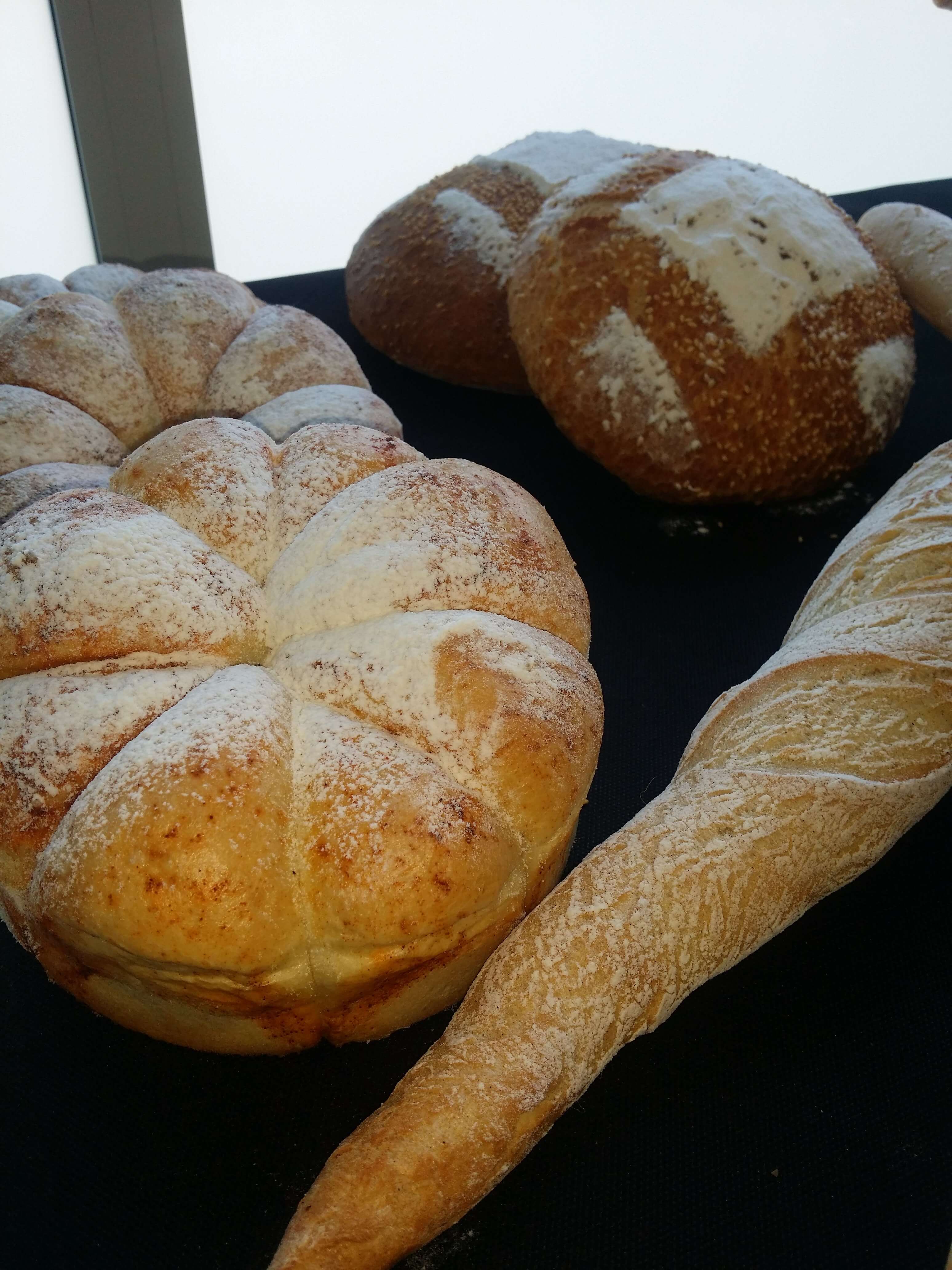
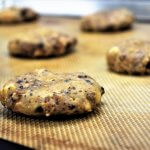
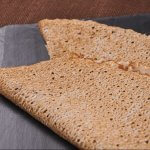
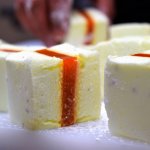
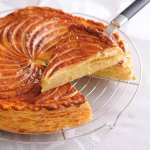
Thank you, I can’t but strong white bread flour here in France where I live and have substituted T65 which isn’t any good. Now I know why!!
Thankyou for your website’s very useful information contents.
Ken Sherriff
If I use T45 flour for baking cakes do I need to add baking powder
Hello Peter,
Baking powder and flour are two different products. Baking powder is used to increase the volume and lighten the texture of baked goods.
Baking powder others don’t. It all depends on what cakes you want to bake.